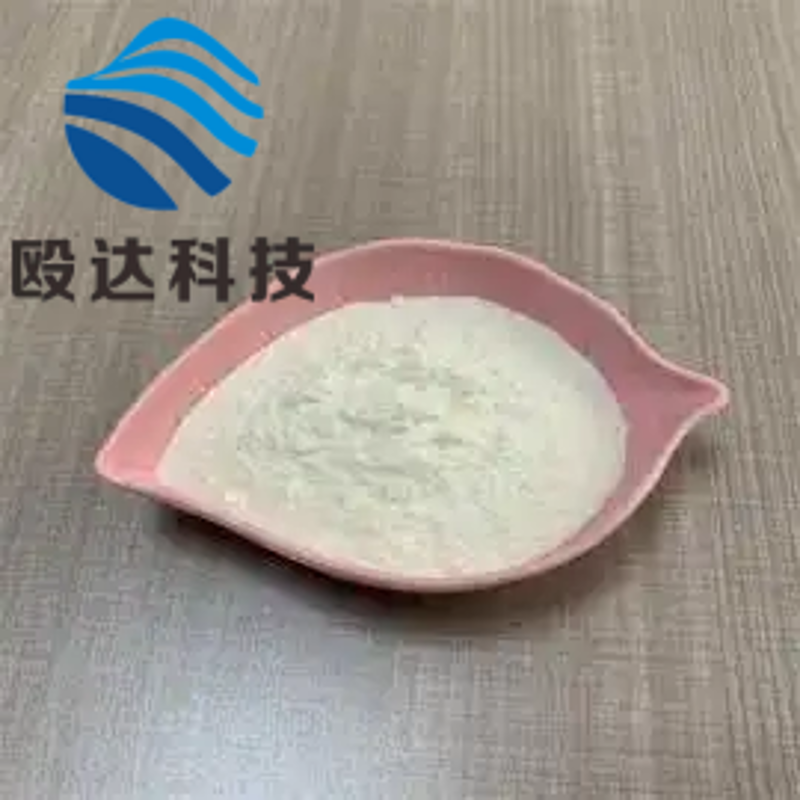-
Categories
-
Pharmaceutical Intermediates
-
Active Pharmaceutical Ingredients
-
Food Additives
- Industrial Coatings
- Agrochemicals
- Dyes and Pigments
- Surfactant
- Flavors and Fragrances
- Chemical Reagents
- Catalyst and Auxiliary
- Natural Products
- Inorganic Chemistry
-
Organic Chemistry
-
Biochemical Engineering
- Analytical Chemistry
- Cosmetic Ingredient
-
Pharmaceutical Intermediates
Promotion
ECHEMI Mall
Wholesale
Weekly Price
Exhibition
News
-
Trade Service
Author: Medical team doctors report NMT NMT ENDO finishing compiler, please do not reprint without authorization.
Introduction: SGLT-2i and genitourinary system infection-what is the incidence? What are the factors affected? The American Society of Endocrinology (ENDO) released a number of drug research reports.
Let’s focus on the related content of SGLT-2i and genitourinary infections.
The benefits of SGLT-2i in the treatment of diabetes have been confirmed by a number of prospective studies, but at the same time, these studies have mentioned the risk of genitourinary infections of such drugs.
In order to explore the incidence of such adverse reactions and related influencing factors, researchers from the Philippines conducted this study.
Study description This study is a retrospective cohort study.
The study included a total of 253 patients with T2DM who initiated SGLT-2i treatment from January 1, 2014 to June 30, 2019.
The inclusion criteria was age> 40 years.
, ADA standard diagnosis of type 2 diabetes (T2DM), in the past six months in outpatient clinics, private clinics or other medical departments recognized by St.
Thomas University Hospital and Manila's tertiary health care department and received SGLT-2i treatment (daggliflozin) , Canagliflozin, empagliflozin), have urine test results 3 months and 6 months after the start of treatment or the patient complains of symptoms related to lower urinary tract and reproductive infections (such as dysuria, frequent urination, urgency, genital itching And female leucorrhea abnormalities) records.
Researchers conducted data collection through medical records review from April 1 to October 1, 2020, and used multivariate logistic regression analysis to determine factors related to genitourinary system infections [including: age, gender, BMI, diabetes course, HbA1c level, eGFR, accompanied by other hypoglycemic drugs (DPP-4i, biguanides, sulfonylureas, insulin) and female menopause)].
The incidence of adverse events was 2.
37% and 21.
78% in patients treated with SGLT-2i for 3 and 6 months respectively (Figure 1), while the incidence of genitourinary infections of the three drugs was significantly different (P=0.
0019).
The results of comparative analysis between similar drugs showed that compared with empagliflozin and dapagliflozin, the incidence of genitourinary system infections in the canagliflozin group was relatively low.
Figure 1 The cumulative incidence of genitourinary system infections within 6.
5 months of initial SGLT-2i treatment.
Risk factors related to the data analysis at 6 months of drug use, overall (similar results were observed in the subgroup of male patients) , Urogenital infections are associated with high baseline HbA1c, combined with sulfonylureas, and insulin therapy.
Table 1 Urogenital infection related factors (total cohort) 1.
High HbA1c at baseline compared with baseline HbA1c<7.
0% of patients who initiated SGLT-2i therapy (Table 1): ➤Baseline HbA1c 7.
0%~8.
0% of patients with urinary The incidence of reproductive system infections increased by about 2.
5 times; the incidence of adverse reactions in patients with baseline HbA1c 8.
0% to 9.
0% increased by about 7.
5 times; the incidence of adverse reactions in patients with baseline HbA1c≥9.
0% increased by about 10.
5 times.
2.
The use of sulfonylureas at baseline compared with patients who did not use sulfonylureas at baseline, the incidence of genitourinary infections in patients with combined use of sulfonylureas increased approximately 3.
1 times.
3.
Insulin use at baseline compared with patients who did not use insulin at baseline, the incidence of genitourinary system infections in patients with combined use of insulin increased approximately 3.
8 times.
Females are at a significantly higher risk.
In a subgroup of female patients, it was found that baseline HbA1c and eGFR levels are associated with genitourinary system infections.
The higher the HbA1c level, the higher the incidence of genitourinary system infections.
1.
High HbA1c at baseline compared with baseline HbA1c<7.
0% of female patients who started SGLT-2i (Table 2): ➤The incidence of genitourinary infections in patients with baseline HbA1c 7.
0%~8.
0% increased by about 5.
4 times; ➤ The incidence of adverse reactions related to patients with baseline HbA1c 8.
0%~9.
0% increased approximately 21 times; the incidence of adverse reactions associated with patients with baseline HbA1c≥9.
0% increased approximately 112 times.
Table 2 Genitourinary system infection related factors (female subgroup) 2.
The incidence of genitourinary system infection in patients treated with SGLT-2i at baseline eGFReGFR 30~60ml/min/1.
73m^2 level is eGFR>60ml/min/ 1.
73m^2 is about 6 times that of patients.
Research Implications Studies have shown that genitourinary system infections are more common in the use of SGLT-2i, especially in patients receiving empagliflozin and dapagliflozin treatment.
The related factors of genitourinary system infection include high BMI, high HbA1c level when initial SGLT-2i treatment, long course of diabetes, low eGFR, whether to use insulin/sulfonylureas at the same time, and there are gender differences.
Researchers recommend that patients should be assessed for risk before initiating SGLT-2i treatment, and follow-up should be conducted in the first few weeks after treatment.
Doctors should closely monitor the symptoms and signs of genitourinary system infections, and be sensitive to the risks found in this study.
Patients with sensitive factors should pay special attention.







